#Bird Facts
Explore tagged Tumblr posts
Text
every single day I think about how american black vultures are known for engaging in interspecific allopreening (preening between different species)
and they have a specific relationship with crested caracaras, in which the black vultures assist them by not only preening them after meals but also leading them to food in the first place, while the caracaras assist the black vultures by acting as a warning signal in case of danger
and while this is more typical of black vultures, this is not common at all for any member of the falconidae family— it’s a special bond!

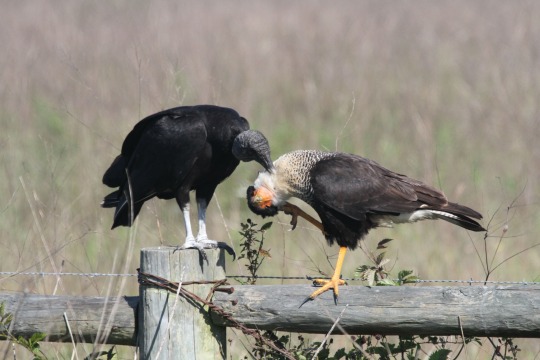
yet another post in favor of vultures everyone , hope you enjoy:) and I implore you to do some more research on these incredible birds !!
EDIT: I meant interspecific allopreening! excuse my typo!
EDIT 2: black vultures do not have a superior sense of smell to caracaras, sorry for the misunderstanding!
#birds#birdposting#bird blogging#birdblr#black vulture#crested caracara#animal facts#bird facts#vultures#daemnthoughts#daemnblogging
48K notes
·
View notes
Text




S1E1 / S2E11
2K notes
·
View notes
Text

1K notes
·
View notes
Text

Rock doves navigate via Earth’s magnetic field, allowing them to return to their home territory even if released in a new location.
(Rock dove or pigeon)
#photography#art#outdoors#nature#digital art#animals#wildlife#adventure#outdoor#birds#pigeon#rock dove#bird facts#birdphotography#naturephotography#wildlifephotos
716 notes
·
View notes
Text

I've always loved 🖤 crows, but even I didn't know there were this many different kinds 😍
#crow#crows#goth#gothic#goth aesthetic#dark aesthetic#alt#alternative#alt aesthetic#grunge#dark grunge#gothgoth#goth core#spooky#spooky aesthetic#dark#darkness#birds#birdblr#bird watching#birdcore#beauty in darkness#bird facts#cottagecore#witchy aesthetic#witch#witches#witch community
338 notes
·
View notes
Text

Cardinals
#Cardinals#bird art#birdwatching#bird photography#birds#feathers#trees#nature#nature photography#nature photo art#toya's tales#toyastales#toyas tales#art#july#summer#animals#bird aesthetic#bird behavior#bird enthusiasts#bird facts#bird habitats#bird in flight#bird life#bird lover#red#red bird
220 notes
·
View notes
Text

I never knew this, it's like a built-in helmet.
746 notes
·
View notes
Text
hear me out:

#does this mean anything to you#maleval#maleficent x diaval#maleficent#diaval#maleficent 3#bird facts
95 notes
·
View notes
Text
most people only have to worry about their boss scheduling them on weird shifts or denying them leave, the dropout cast has to live in fear that they might show up to work and out of nowhere be thrown into a bizzare saw trap gameshow designed to torment them for entertainment
174 notes
·
View notes
Text
have you heard of a turducken?
#mismag spoilers#mismag#dimension 20#misfits and magic#bird facts#sorry i loved this episode and this is my fave d20 season so youre all hearing about it
74 notes
·
View notes
Text
My online friend who I have been sending many many clips to recently started watching D20. When picking a season to start with, she asked me, “who’s the bird guy?” And I responded, “Brennan?” and she said, “no no, the other guy.”
After much deliberation, Lou Wilson is now the bird guy.
#dimension 20#d20#acofaf#a court of fae and flowers#lou wilson#squawk aravis#you think I don’t know bird facts?#bird facts#brennan lee mulligan
56 notes
·
View notes
Text
let’s talk about the kiwi!!
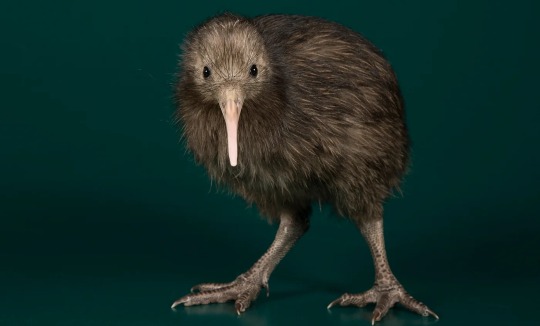
(an info-dump about one of the weirdest, most scientifically interesting birds we know of today!)
so, we’ve all heard about ratites, right?
well, maybe you don’t know them by name, but you’ve most certainly either heard about them or seen them at some point.
some commonly known members of the ratite group are species like ostriches, emus, and cassowaries— as shown below:
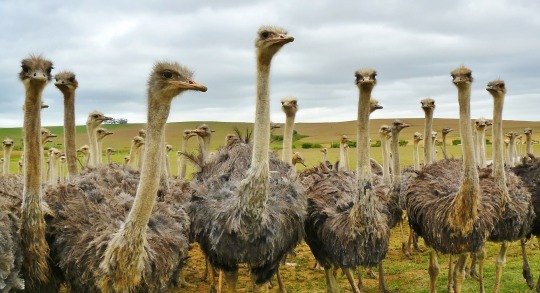
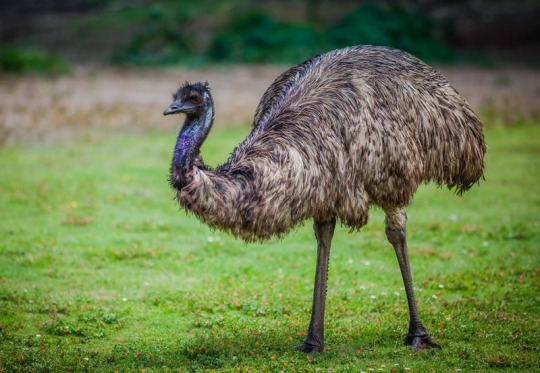

ratites are all flightless birds within the infraclass palaeognathae— the infraclass that none other than the (now extinct) moa and elephant bird belong to!
now, these birds all share very similar characteristics; they’re large, long-necked, and long-legged with big clawed feet. all of these birds are also diurnal— which means they’re primarily active during the day time, just like us!
however, there is one species in this infraclass that is not quite like the others..
the kiwi.
not only are kiwi significantly smaller than their fellow ratites, but they also happen to be nocturnal.
and despite being small, their eggs are incredibly large, taking up to around 20% of the kiwi’s body weight, which has caused a lot of rigorous debate between scientists on exactly why.
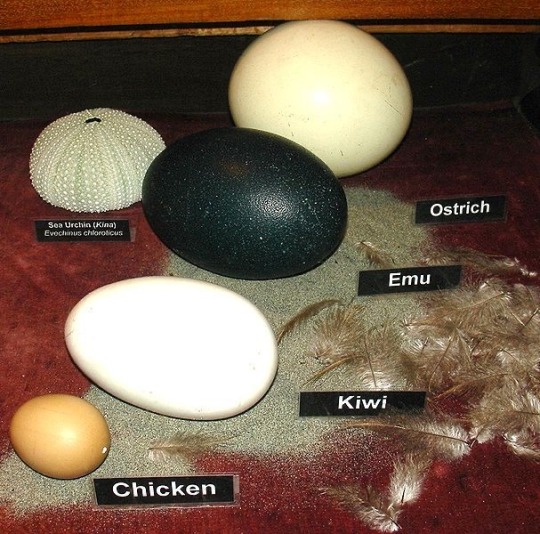
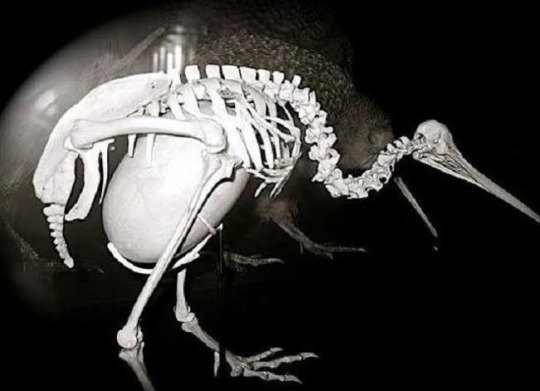
one outdated theory suggested that perhaps the kiwi had shrunk over time from previously being very large like its ratite relatives, while its egg remained big…. but this has been debunked in recent years.
the current consensus, while still a theory, is that the egg size has to do more with precocity than anything else;
kiwis are born precocial, which makes them pretty much immediately independent upon hatching, with the ability to run and feed themselves without the help of their parents.
modern DNA analysis suggests that the size of kiwi eggs is not just a left-over trait from ‘incomplete’ evolution, but instead the exact opposite— an evolved adaptation to ensure better chances of survival.
due to their sheer size, kiwi eggs house more yolk than average, which ends up keeping newly hatched kiwis nice and fed until they learn to forage food for themselves.
when mammals began to spread in new zealand, kiwis had way more predators to worry about, and it’s theorized that they were previously unequipped to deal with this startling introduction of land-predators, such as stoats and rats, that started feeding on their eggs.
this could explain why kiwi eggs have developed to be so large over time— they give the chicks plentiful nutrients and thicker shells to ensure a better chance of survival against predation.
so… yeah. kiwis produce monster eggs and no one fully knows why just yet. neat, huh?
and that’s not even where the weirdness ends, my friends!
on top of all of this, it’s been a running joke in the bird world that kiwis are ‘honorary mammals,’ not only because of their weirdly mammalian appearance, but also because of some of their atypical biological traits.
for instance, kiwis have an average body temperature of around 38 degrees celsius .. aka, 100 degrees fahrenheit.
while this is not typical at all for birds, this is very typical for mammals, which has stumped a lot of researchers over the years.
similarly, kiwis are also the only bird in the world with exposed nostrils at the end of their beak, which can help them detect prey by using scent instead of their vision, which is very poor.
so… yeah. kiwis are the nocturnal, freakish little cousins of some of the biggest, most dangerous birds on the planet, and scientists are, quite frankly, still a little weirded out by them.
#let me know if you all want more infodump posts like this!#this was fun:)#kiwi#kiwi bird#ratite#palaeognathae#apterygidae#birds#birdposting#bird facts#animal facts#biology facts#science#birdblr#informative#daemnblogging
198 notes
·
View notes
Text
Bird of the Week: The Hooded Pitohui! 🪶

The hooded pitohui, an old world oriole, is a truly unique bird. They are one of the few, quite literally, toxic birds. Within the skin and feather tissues of the hooded pitohui are batrachotoxins; they are believed to come from the choresine beetles that the pitohuis consume.

Hooded pitohuis can be found throughout forested areas of New Guinea. Their diet consists of plant material such as fruits, nuts, and berries, as well as the beetles that give them their infamous toxin.
#birds#bird of the week#bird facts#birdblr#birding#hooded pitohui#ornithology#wildlife#wildlife facts#nature
125 notes
·
View notes
Note
do you think that actual pigeons get like uncanny valley from the robot ones
They probably do but don't give a fuck
Pigeons are not solitary animals, existing within a set "flock" where there is (like many communal bird species) a "pecking order" or hierarchy. For Pigeons in research thus far the hierarchy seems to be limited to navigational decisions with one or a select few at the "head"
Heads are actually heavily theorized to be dependant on size, where heads are more likely than not to be larger (makes sense for if you're that big, you're good enough at survival to maintain that size)
Gotham Pigeon Packs?? A lot of the "integrated" pigeons are deemed navigational leaders due to their programming alarming accuracy.
AKA- Pigeons are smart enough to go "This ones weird as FUCK-" but also "Karen knows where the good food is and sometimes leads us safely away from shoot outs, so yeah she's chill"
(Of course you run into the early issues of pigeons following Tims spy birds into active combat scenes, so a lot of his birds are "retired" and work purely as moving spy cameras around the city- but otherwise live completely normal pigeony lifes)
#pigeon post#BIRD FACTS#I love bird facts.#and Pecking orders are fascinating#Ive yet to see much in person with pigeons#but saw it PLENTY with chickens#who are 10x worse#due to the gender disparency#and also mixed breeds being alienated#its a whole thing#chickens have issues man.#sunny rambles#the drakes spoiled brat#ty for the ask!!#sunny asks
53 notes
·
View notes
Text

Northern mockingbirds can remember up to 200 sounds over the course of their lifetime.
(Northern mockingbird)
#photography#art#outdoors#nature#digital art#animals#wildlife#adventure#outdoor#birds#northern mockingbird#bird photos#bird facts#naturephotography#wildlifephotography
101 notes
·
View notes
Text

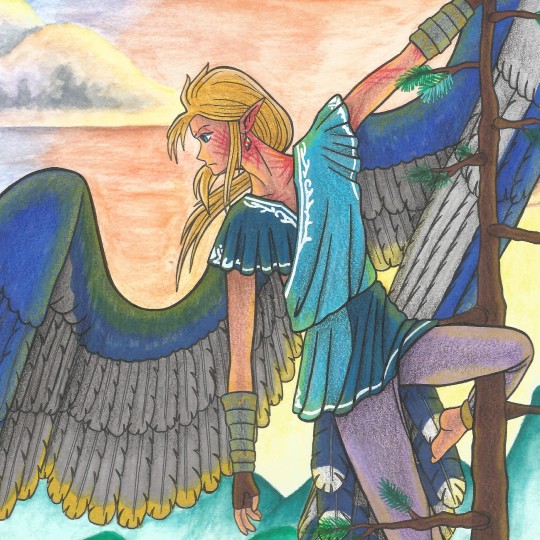
A gift for @breannasfluff of Wild from her Wing Bois AU! And it's a whole ding-dang painting because I am INCAPABLE of restraining myself.
If you're unfamiliar with the AU, it's basically "what if the Linked Universe boys were bird/hylian hybrids". Wild here is based on the Taiwan blue magpie (Urocissa caerulea), also known as the long-tailed mountain lady or (Taiwanese) Tn̂g-boé soaⁿ-niû
This is what they look like! (sorry I don't have the photographer's name)
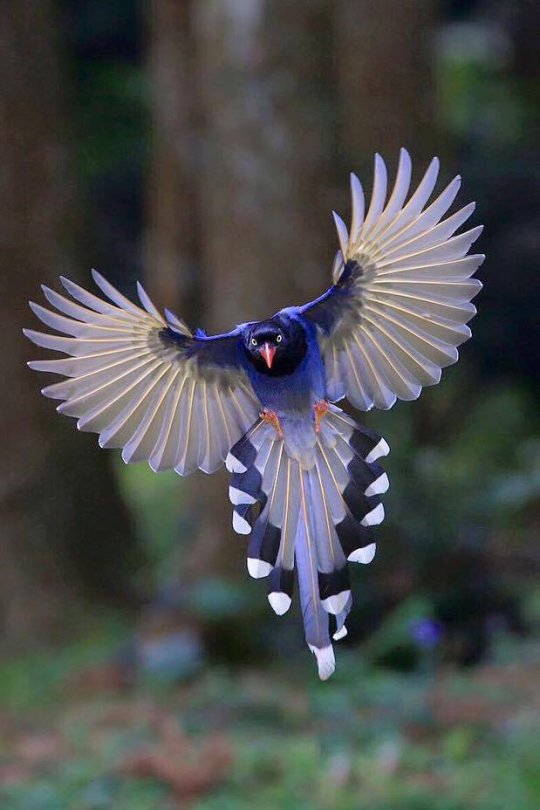
And since I am an unashamed bird nerd, here are some bonus facts about the Taiwan blue magpie!
These birds are not very afraid of people and often live near human settlements. They have even been known to attack humans to defend their nests.
Magpies are omnivores and like to stash food for later.
They are relatively social birds that flock in a distinctive line formation. However, they nest monogamously.
Blue magpies are considered sacred by some cultures. In one story, the blue magpie helped carry fire back to the people after a great flood.
This painting was sooo much fun to go all-out on, even though the lighting kicked my ass! Seriously, there are so many layers of color on this page. I decided to blend Wild's designs from Linked Universe and WB, and to give him tailfeathers JUST because Taiwan blue magpies have such gorgeous tails.
8.25in x 11in. Watercolor pencils, watercolor markers, alcohol markers, colored pencils, and various pens.
#linked universe#lu wild#lu wing bois fanart#wb wild#biology#bird facts#traditional art#my art#fanart
185 notes
·
View notes